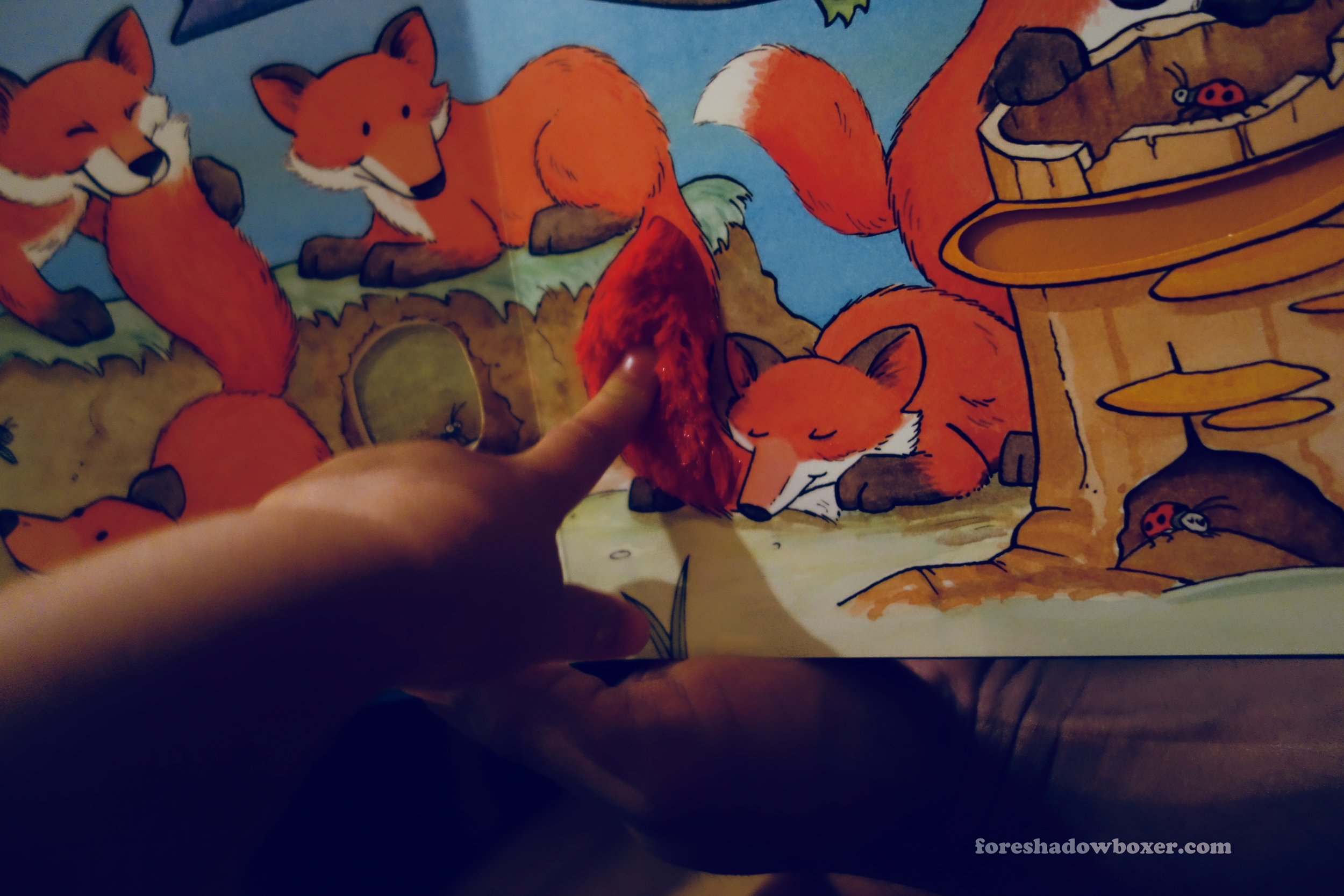Comic book parents rejoice! “Stop That Yawn!” is a great way to introduce your young child to the genre. It’s also the quintessential anti-anti-bedtime story.
Written by Caron Levis and illustrated by LeUyen Pham, this large format hardcover book reads like a children’s story but is artfully drawn like a comic. It’s a fun twist on bedtime stories, with the protagonist – a young girl named Gabby – trying her darndest to fight off those nighttime Zzzzs.
(A quick pause here to say: I think every parent can relate to that battle.)
Accompanied by her Granny, Gabby heads out to Never Sleeping City where all sorts of childhood wonders await. But wherever Gabby goes – no matter how hard she tries to stop it – she’s followed by a trail of yawns. The world around her becomes increasingly “cozy and quiet and peaceful” as Gabby fights bravely to resist.
The publisher recommends this book for ages 4-8, but my 2 year old has no problems paying attention from beginning to end. In fact, my only word of caution for the parents of toddlers: don’t be surprised if your kid shouts “stop that yawn!” every time you start. Yawning in our household will never be the same.
“Stop That Yawn!” is highly recommended for:
Parents who enjoy comic books and want a fun way to introduce their young kids to the genre.
Anyone in search of a unique bedtime story.
Toddlers who fight bedtime like it’s their one true enemy.








